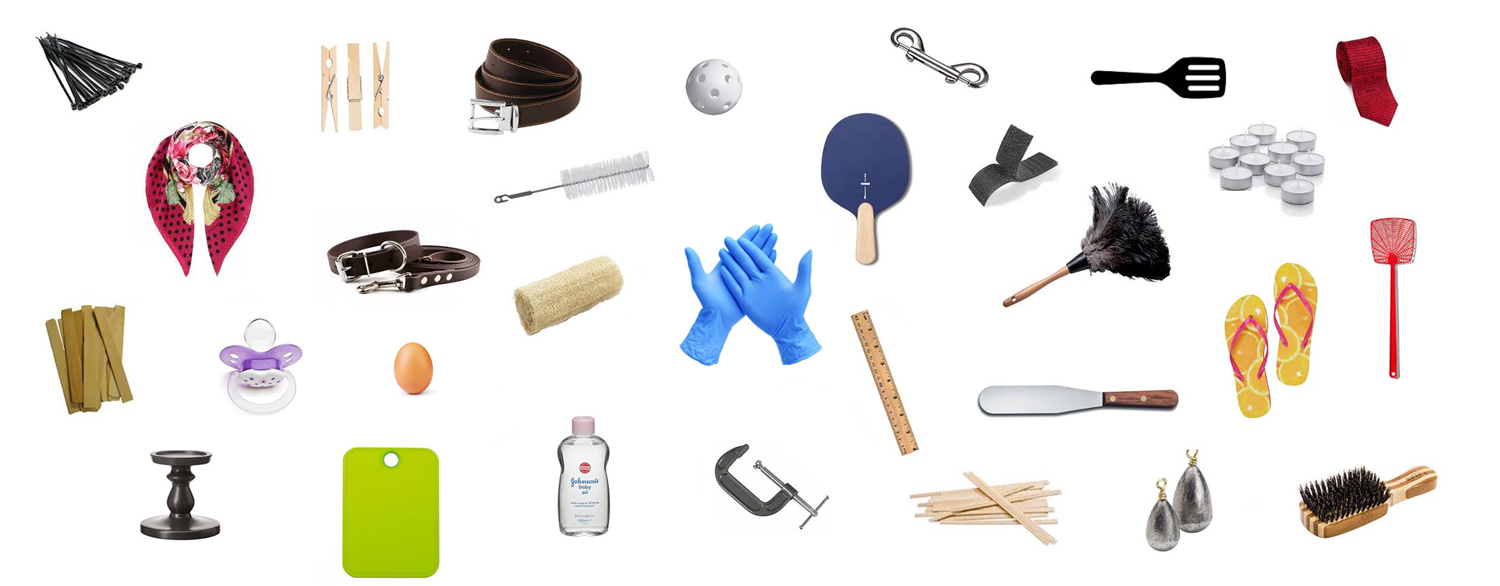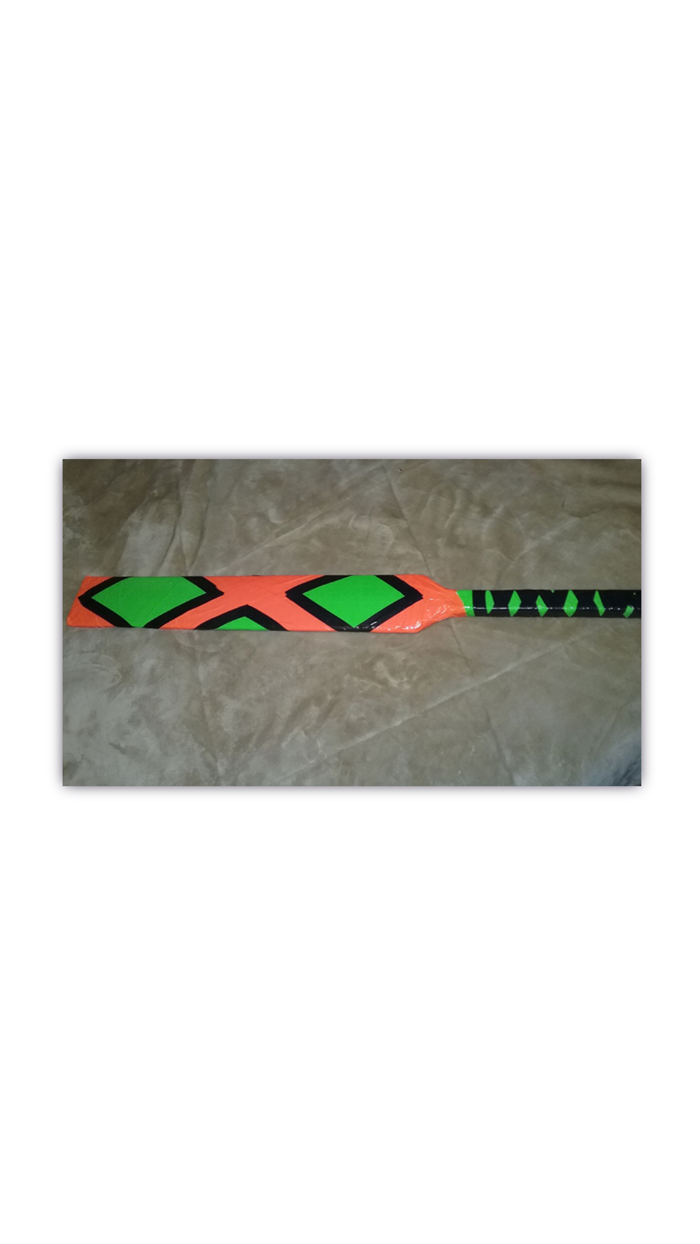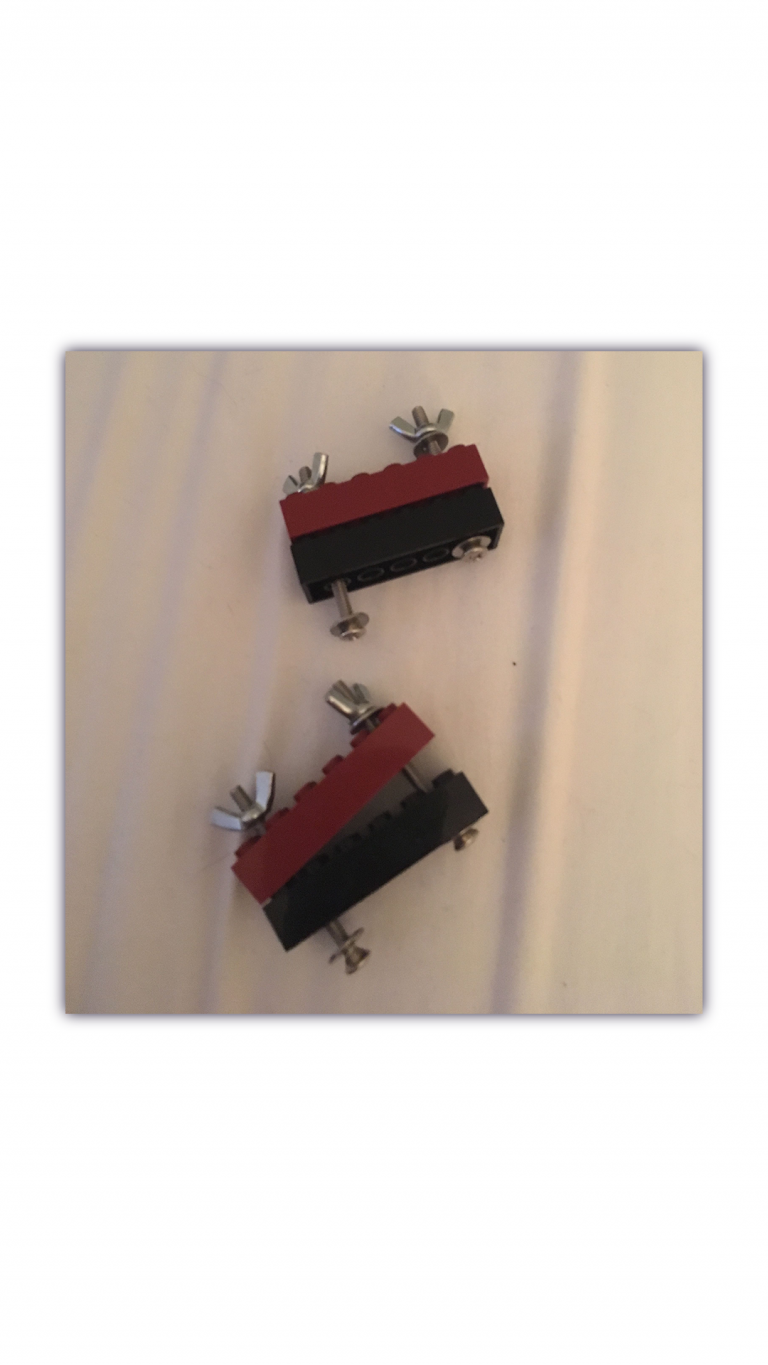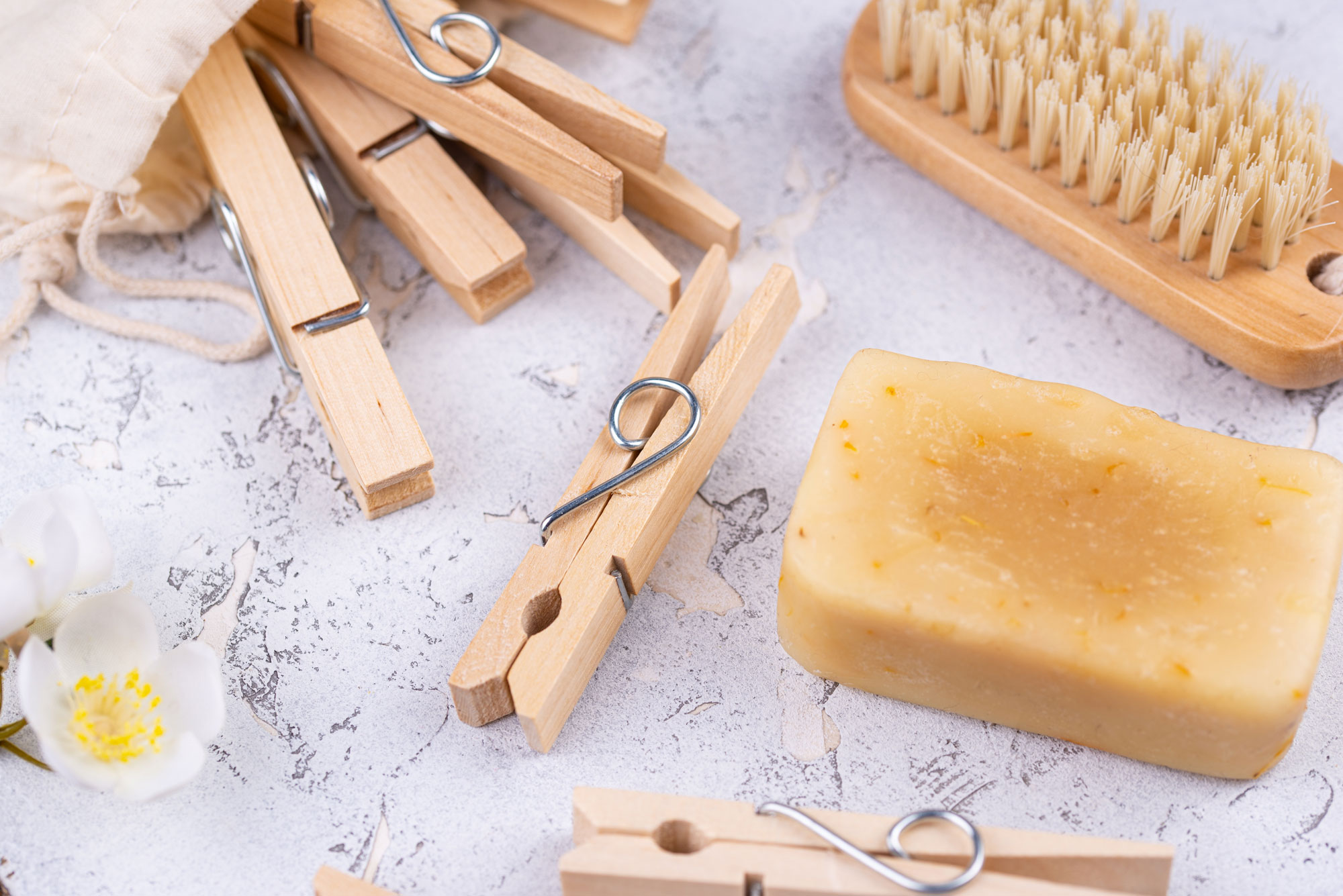Sensory play, predicament bondage, impact scenes! There are so many sensations and play techniques to explore in BDSM. Too bad acquiring a gear collection versatile enough to try it all is so expensive. Even worse? Saving up your hard-earned cash to buy that pricey toy you’ve been eyeing only to discover it’s not that great after all.
Good news! You don’t need a closet full of expensive toys to get the most out of kink. Pervertibles are all around you and they’re the perfect alternative for budget-friendly BDSM. A pervertible (or pervertable) is a household or ordinary item repurposed (i.e. perverted) for kinky fun. Think of it as pervy-upcycling. Not only are pervertibles excellent for unleashing your creativity, using them supports eco-conscious sustainable consumption too.
In the BDSM community, it seems as if pervertibles are in every kinky toybox. Kinksters take pride in showing off their creations and swapping ideas too. I asked my followers to share how they DIY BDSM. Yes, THAT Tonya responded, “At least 50-60% of my toy bag is pervertibles… my favorite [store] aisle is the kitchen aisle! Spatulas, spoons, cutting boards…”
While hairbrushes and wooden spoons are common, pervertibles can be as limitless as the imagination. But before we get to the good stuff, let’s talk about the potentially not-so-good stuff.
Pervertibles & Safety
Would you rather repurpose an unused charcuterie board that’s collecting dust in your pantry or shell out $65 for a wooden paddle made for BDSM? A no-cost kinkcuterie spanking scene seems like a no-brainer, however, buying kink-specific gear has advantages. The most important? Safety.
Specialized kink gear isn’t priced to only cover manufacturing and materials costs. What consumers pay also buys reassurance, durability, and the designer’s professional expertise. Manufactured products, including many artisan items from small businesses, are designed to withstand extreme use. They’ve also likely been tested extensively both during development and by buyers in their own BDSM scenes.
Charcuterie boards for serving meat, not smacking it. There is a chance that no matter how well you’ve scrutinized an impact pervertible it will break and injure you or a partner. This happens often as some of the kink enthusiasts I anonymously surveyed can attest.
- “First time I used a ping pong paddle for a spanking on my ass, my top hit so hard it snapped in half so I haven’t used one since even tho the material makes a great sting feeling.”
- “I bought an acrylic candy-cane decoration one year that I thought would make a good cane for kinky purposes. It was too brittle and broke during the scene.”
- “A hairbrush. A casual date spanked me with it and it broke in two after about 3 strikes!”
Risk Aware Consensual Kink
One of the most popular BDSM consent and safety frameworks is RACK. This stands for Risk Aware Consensual Kink and is an alternative to SSC (Safe, Sane, and Consensual). In a nutshell, RACK acknowledges that nothing we do in BDSM is guaranteed 100% safe. Even if we’re as cautious as possible and do everything right, something can still go wrong. Many refer to riskier elements and edge play scenes as “RACK activities.”
The best rule of thumb is to approach pervertibles play as a RACK activity. This means doing your due diligence to be as safe as possible and sharing safety considerations and details about what you’re using with partners so they can make informed decisions about engaging. We all have different risk profiles so what may be too dangerous to one person might be perfectly fine to another.
Putting your pervertibles through pre-scene stress tests plus having basic kink & sex safety knowledge is a must. Contrary to what the memes tell us, not everything can be a dildo, even if you’re brave enough. Bone up on body-friendly materials and safer sex techniques. Even familiarity with the phrase “without a base, without a trace” can save you a trip to the ER.
It’s important to have some BDSM 101 know-how under your belt too. Sometimes what we assume is harmless isn’t. For instance, using a necktie, scarf, or looped leather belt for bondage can be deceivingly dangerous. So can using zip ties or any type of knot or device that gets tighter when pulled. Nerve compression, including handcuff neuropathy, can happen quickly and is sometimes permanent. Bondage-related nerve damage is also one of the most common injuries among experienced rope enthusiasts. As much as I love recommending repurposed items, for folks without bondage training or a solid grasp of nerve anatomy, I advise only using restraints designed for BDSM. Padded velcro release cuffs are often inexpensive and do the trick.
Lastly, always consider medical issues and allergies when using pervertibles. Sometimes we overlook potential contraindications in unfamiliar contexts. For instance, someone with a latex allergy may be accustomed to bringing it up when discussing condoms in kink negotiation. But making sure the squeaky dog toy they’re chewing on during a puppy scene doesn’t contain latex may slip their mind.
Regarding safety, this respondent summed it up well, “With any pervertable, there’s risk and reward. Always get consent, and understand the ramifications of every item you use.”

















